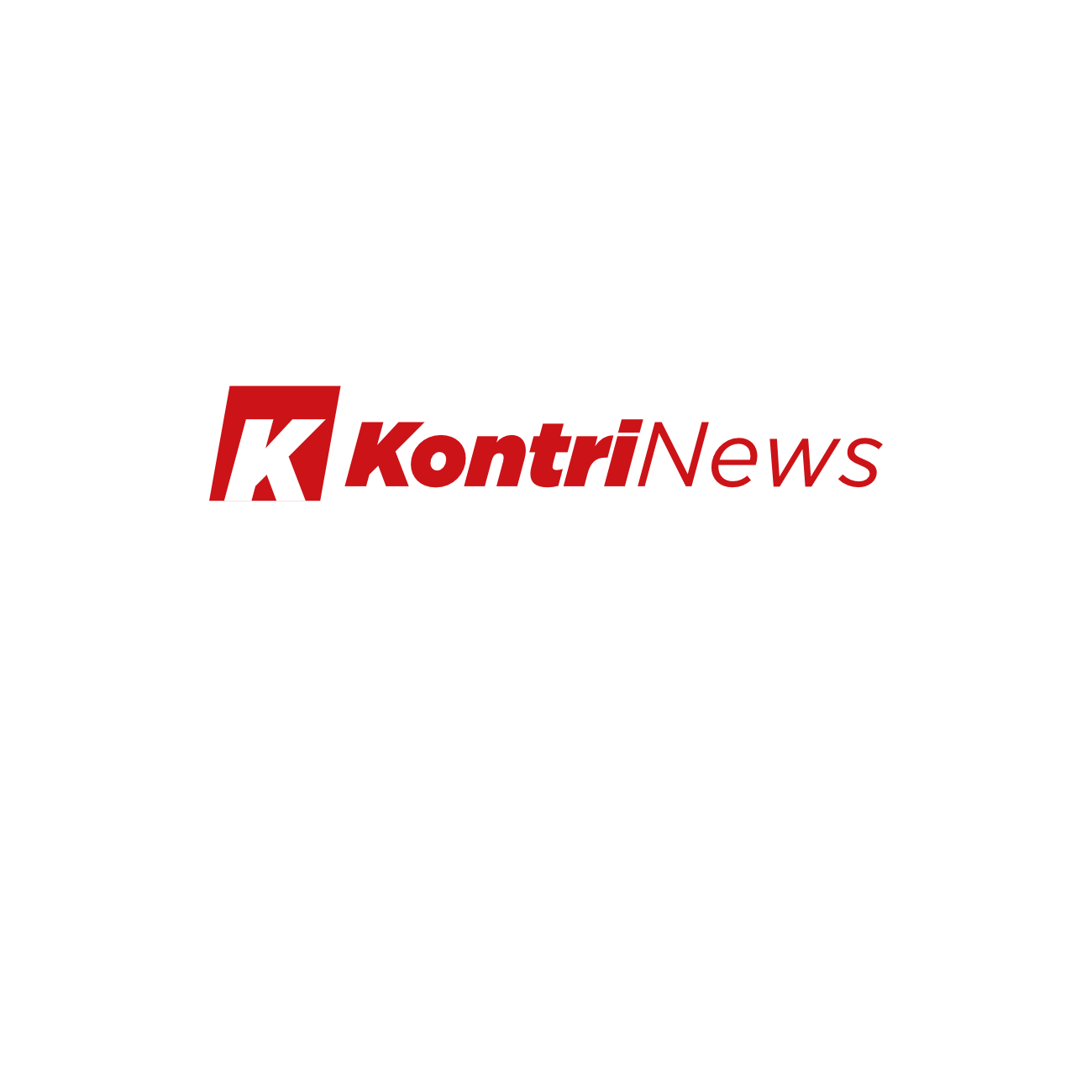Testament of Legacy, Time & Space, a group exhibition which opened yesterday at the National Museum in Onikan, Lagos, is less a seamless blockbuster than a kaleidoscope of collisions, echoes, and glorious discord, distilling the living, breathing energy of Lagos into a vibrant, pulsing whole. Okechukwu Uwaezuoke writes
Every art ecosystem eventually circles back to its elders, and Lagos, being the irrepressible metropolis it is, does so with characteristic élan. Testament of Legacy, Time & Space (A Story of Kunle Adeyemi and His Studio Contacts), now on view at the National Museum, Onikan, from October 4 (yesterday) until October 17, rejects the staid conventions and eclectic anonymity of most group shows in favour of a full-throttle intergenerational melée. Less polite salon, more family reunion staged in technicolour, it is a high-octane convergence of artistic gladiators, where creative chemistries fizz and combust like Adire motifs left to their own improvisational devices.
At the exhibition’s gravitational centre is Dr. Kunle Adeyemi, a figure impossible to ignore in Nigeria’s art world. His CV? It reads like a whistle-stop tour of Nigerian higher education: Yaba College of Technology (a higher national diploma in painting), the University of Benin (MFA in graphic design and printmaking, PhD in studio arts) and Lagos State University (post-graduate diploma in education). A former vice-president of the Society of Nigerian Artists and chairman of its Lagos chapter, Adeyemi wears the laurels of being the first Nigerian to earn a PhD in practice-led studio arts, under Professor Osa Dennis Egonwa’s supervision. He has chaired departments, steered a faculty as dean at YabaTech, and still somehow mounted 23 solo exhibitions alongside over 90 group outings. This is the calibre of artist who might have claimed a solo lap of honour. Instead, he throws himself into the unpredictable anarchy of collective visibility.
“Unity is strength,” the Ondo State native proclaims, a mantra delivered with the rueful authority of one who has watched too many incandescent talents sputter into darkness for want of care. In response, he has gathered more than two dozen artists who, in one way or another, have passed through his orbit—apprentices, SIWES (Students Industrial Work Experience Scheme) trainees, doctoral candidates, or devoted studio acolytes. The result is not the clinical polish of a commercial fair but a raucous visual feast. Here, solos may glitter, but the true music swells from the collective.
Cue Adeyinka Akingbade, who has careered across continents like a pinball. A finalist in the African Artists’ Foundation’s Unbreakable Nigerian Spirit competition in 2008, his trajectory has swept through Swedish residencies, German magazine spreads, and a Venice Biennale collaboration with Peju Alatise. His practice veers from painterly canvases to digital manipulations, resisting the pastime of pigeonholing artists into easy categories. His hybridity, restless as Lagos traffic, is itself a statement.
By contrast, Olusegun Oduyele—Lagos-born, Epe-raised—stays committed to the alchemy of printmaking, albeit with detours into motion graphics and painting. Having honed his craft under Adeyemi’s printmaking tutelage, he embodies the recursive loop of mentorship that runs through the show. Legacy here isn’t a title flourish but a chain link of ink, paper, and possibility.
Then there is Klotoe-Michael Daniel Abiodun, Nigerian-Beninese, who has left murals across Benin (including the continent’s longest) while juggling teaching and exhibitions. His early training under Adeyemi sharpened his draftsmanship, but his true signature is versatility: a refusal to lock into one medium, preferring instead to mirror society’s layered complexities. Like Adeyemi, he coaches younger artists, carrying the torch forward.
The line-up leans heavily on educators, none more seasoned than Aderinsoye Ademorin Aladegbongbe. A Yaba College of Technology lecturer since 1996, with 13 solo shows to his name, he wears hats that could fill a wardrobe: HOD, gallery curator, external assessor, pastor. In other contexts, such multitasking might seem scattershot. In Nigeria, it is survival. Here it underscores the polymathic nature of the artist-academic who must juggle teaching, commissions, and bureaucracy to carve out studio time.
Dr. Doyin Labode brings another inflection. Briefly mentored by the visual arts luminary Abiodun Olaku, and battle-tested in advertising agencies, Labode brings an illustrator’s eye and an academic’s stamina (he has supervised more than 65 projects at FUNAAB). His practice, rooted in design, bleeds into textiles, interiors, and applied visuals—proof that contemporary Nigerian art is not confined to gallery walls but spills into fabric, furniture, and everyday life.
If Adeyemi’s cohort is heavy with pedagogues, the younger set plugs in the voltage. Jimoh Luqman, for one, paints African portraits in a mode he dubs “structural pictorial impressionism”: brushstrokes layered with chromatic verve, where faces flicker between realism and abstraction. His Innocence series, with beaded hair against pastel grounds, offers quiet defiance—a refusal to flatten African identity into a monolith.
Akingbade Oluwamayowa’s journey, from Adeyemi’s studio apprentice to solo exhibitions abroad, epitomises the porous border between local training and global platforms. His canvases, thick with oil and pastel, mine personal and environmental narratives. Asholasa Daniel takes a more muted path—browns and textured surfaces that summon the melancholy of a Lagos seldom at rest.
Photography enters the conversation through Olufemi Onagoruwa, who ditched economics and Oracle admin life for the lens. His street photographs, often spotlighting overlooked communities battling water scarcity, insist that documentation is activism. In a show thick with brushstrokes, his images serve as a bracing counterpoint: Testament… is as much about witness as it is about paint.
Other names—Taiwo Emmanuel Oloruntobi, watercolourist Olumuyiwa Olusola, veteran lecturer Abiodun Kafaru—expand the palette, pushing the exhibition into unruly conversation rather than a single curatorial thesis.
Which is exactly the point. In a Lagos art scene increasingly seduced by market diktats, this exhibition dares to be messy. Its magnetism lies not in sleekness but in the unruly vitality of voices colliding across generations. For audiences, it is an invitation to encounter not just the leading lights but the vast, industrious middle ground: the teachers, the experimenters, the documentarians.
Adeyemi, ever the motivator, calls the exhibition “a seed worth planting.” He surely knows seeds can sprout weeds as well as flowers. But legacy, in his telling, lies not in control but in the act of planting itself.
So no, Testament of Legacy, Time & Space, sponsored by irachy Consult, is not a seamless blockbuster. It is better than that. It is collisions, echoes, and glorious discord—the living, breathing energy of Lagos made visible.


















Leave a comment